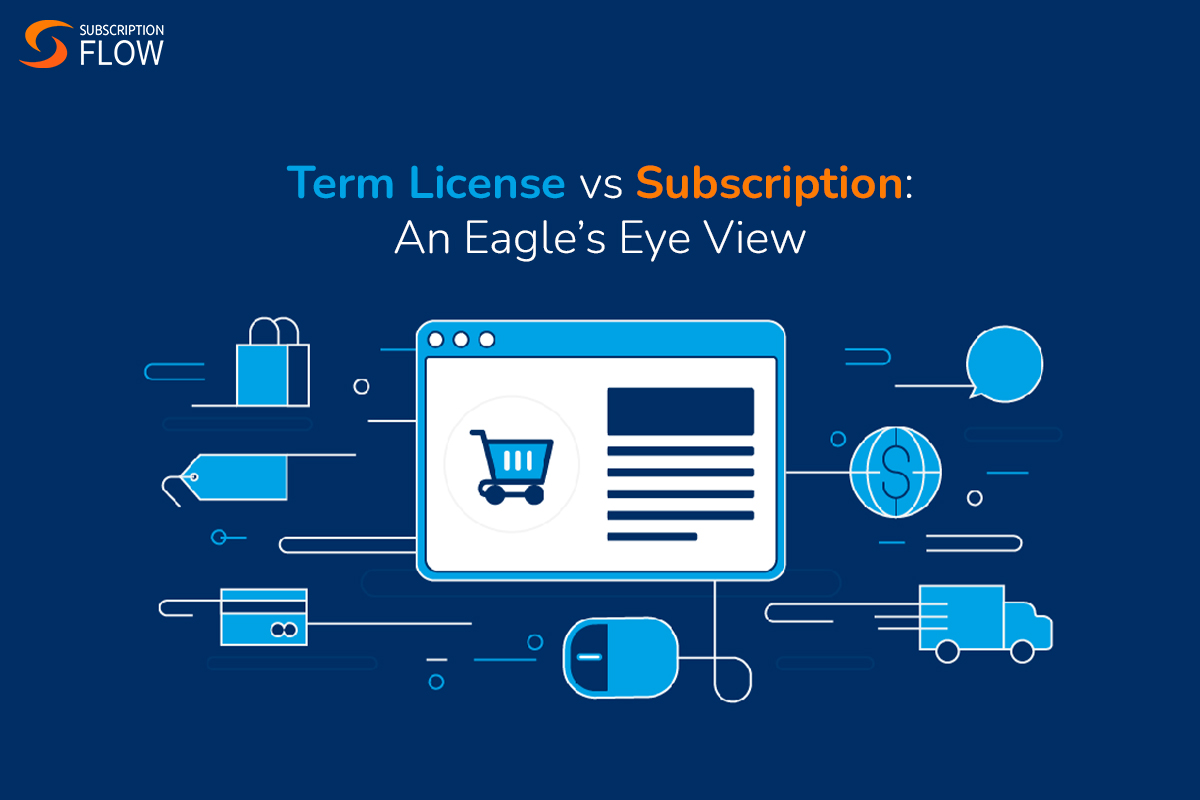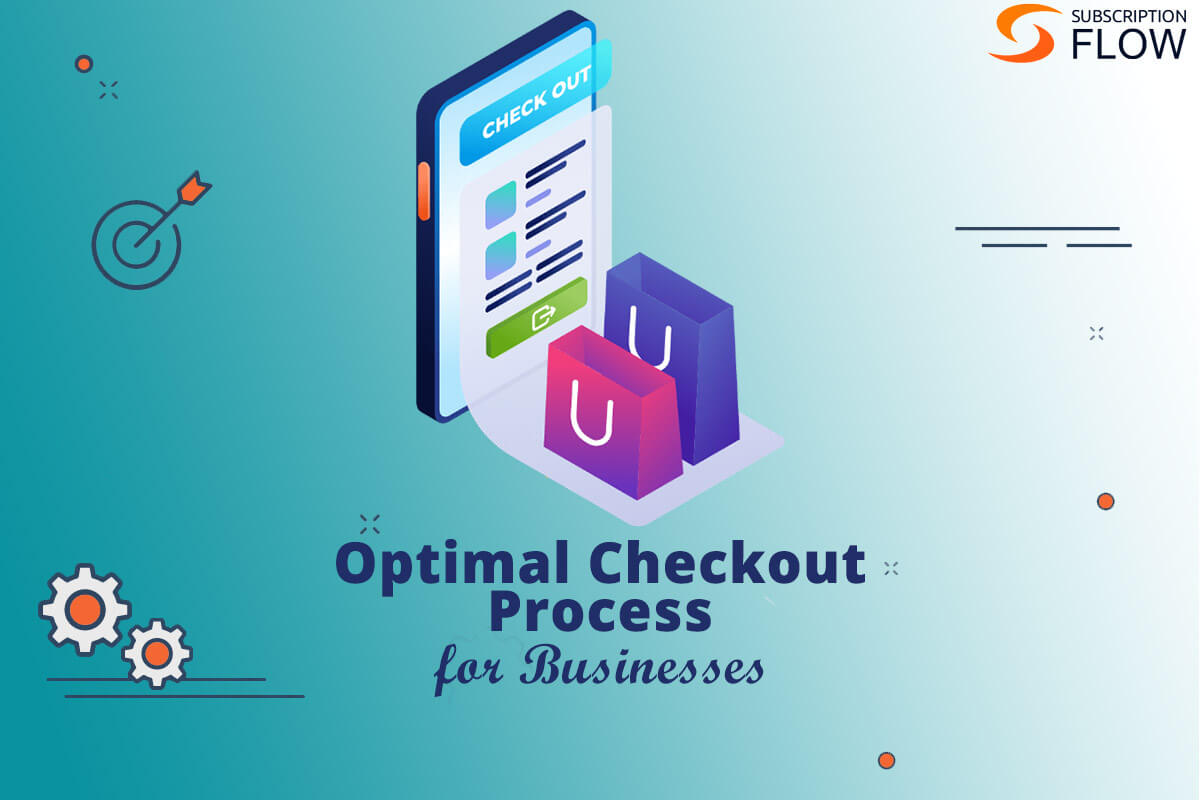
Term License vs Subscription: An Eagle’s Eye View
Companies are evolving, it is no longer a time for one-time purchases. Especially in tech, where there are new updates periodically. Thus, businesses have evolved to make a shift from one-time purchases to much more beneficial options. In this article, we’ll be looking at term license vs subscription models and understanding the strengths and weaknesses of each.
What is a Term License?
As the name indicates a term license gives you the license or right to a particular software for a defined term or subscription duration. Thus, ownership is the first and foremost aspect that differentiates between software subscription vs term license.
Rather than purchasing the software, a subscription model charges an amount to use the software for a given period. This can be several months or years. Conversely, with the license, the full set of the software’s features and capabilities are at the user’s disposal as mentioned in the license agreement, throughout the license term.
Once the term of the license expires, the user can no longer benefit from the service. Users have to renew their licenses for continued access.
Term licenses are usually applied to diverse types of software, such as enterprise software, operating systems, creative tools and more. They give users flexibility, in that during the license period, users can get access to the latest versions of the software without any additional purchase or upgrade.
What’s Better for Your Business: Term License vs Subscription?
The dispute has raged on since the beginning of the decade, with corporations and consumers on opposing sides of the business model discussion.
While customers are divided over what is more inexpensive and suitable for them, businesses are attempting to prioritize profitability. The subscription revolution that has occurred over the previous decade has caused everyone to question whether they are making the wisest decision.
And, as markets swell with options, user experiences and ROIs are providing the answers for many. However, your answer may differ depending on which angle you approach the subject from.
As a result, the advantages and cons from both perspectives are presented below to help you make a better decision.
Let’s have a look at the advantages and disadvantages of both options.
Term License – The Upside
1. Flexibility
As term licenses grant users the flexibility to access software for specific durations, they allow individuals and organizations to tailor their software usage to their needs without committing to long-term contracts.
2. Cost-effectiveness
For short-term or project-based requirements, term licenses can be more cost-effective than purchasing perpetual licenses. Instead of investing a significant amount upfront, users can pay for the software only during the period they need it, reducing the initial financial burden.
3. Access to the latest features
Some term licenses include access to software updates and new features throughout the license period. This ensures users can stay up to date with advancements and benefit from enhanced functionality without additional costs.
4. Trial period
Term licenses provide an opportunity to evaluate the software before making a long-term commitment. This “try before you buy” approach allows users to assess compatibility, functionality, and overall suitability for their specific needs, minimizing the risk of investing in software that doesn’t meet expectations.
Term License – The Downside
1. Higher overall cost
While term licenses can be cost-effective for short-term usage, they might become more expensive in the long run compared to perpetual licenses. Renewing term licenses over an extended period can accumulate higher costs.
2. Dependency on the license provider
With term licenses, users rely on the license provider for continued access to the software. If the provider discontinues the license or goes out of business, it could result in a disruption to the user’s workflow or necessitate finding an alternative solution.
3. Limited ownership rights
Since term licenses offer temporary access, it translates to a lack of ownership which means that users cannot make modifications, sell, or transfer the license to others, limiting their control over the software.
4. Potential for compatibility issues
With term licenses, there is a risk of compatibility issues arising between different versions of the software. If users switch between different license periods or encounter compatibility problems with other software, it can lead to disruptions and additional troubleshooting efforts.
The Upside of the Subscription Model
1. Cost cutting
Subscriptions often provide users with access to a range of features for a fixed recurring fee, which can be more affordable compared to purchasing each item individually. This allows users to enjoy a variety of offerings without breaking the bank.
2. Continuous value
Subscriptions typically provide ongoing updates, improvements, and new features as part of the package, ensuring that users receive a constant stream of value. This continuous improvement ensures that subscribers stay up-to-date and can benefit from the latest advancements.
3. Personalization and customization
Many subscription services have built-in algorithms and recommendation systems that personalize the experience based on individual preferences. This tailoring of content or services to the user’s specific needs enhances overall satisfaction and makes the subscription feel more valuable.
Final Word
To summarize, the distinction between term license vs subscription lies in the monetary value you receive for the product or service. The choice that suits you best will depend on factors such as your budget, time availability, and intended usage of the product.
If you are contemplating a transition in your business model or seeking to optimize your existing one, reach out to SubscriptionFlow for expert guidance and consultation.










